World’s rarest wolves: ghosts of the mountains

Meet the world’s rarest wolves. Found in the highlands of Ethiopia, in a handful of mountain ranges at altitudes between 3,000m and 4,700m, the Ethiopian wolves number just 500 in global population. With such a small and specific home range, these animals are Africa’s rarest carnivore and are found only in the Roof of Africa, facing harsh weather conditions in shrinking homelands.
A wolf in disguise
The Ethiopian wolf is the world’s rarest canid, and most closely related to grey wolves and coyotes — though it’s sometimes referred to as a ‘wolf in fox’s clothing’. A distinctive red-tinged coat and bushy tail have helped the species to earn this nickname, as well as their slender legs and narrow muzzles.
Living in heathlands and moorlands among Africa’s most densely populated rural areas, the Ethiopian wolf’s narrow muzzle helps it to dig out prey (mostly giant mole rats and grass rats) from their burrows, while their widely spaced small teeth help them to handle small prey species with ease.
Prowling in packs
Like other species of wolves, Ethiopian wolves live in close-knit territorial packs.
Packs may consist of up to 18 adults belonging to an extended family group with a strong hierarchy. Only the dominant female will breed with the dominant male, to avoid in-breeding, but other pack members will assist in caring for the yearly litter of pups, helping to feed and protect them.
Ethiopian wolf packs congregate to patrol their territory at dawn, midday and in the evening, resting together at night.
Trapped on islands in the air
Although Ethiopian wolves are well adapted to their life in the Afroalpine meadows, the species only arrived in the Horn of Africa relatively recently, at around 100,000 years ago. The wolves colonised this area through land bridges connecting Africa to Eurasia.
Today, however, they are trapped on their mountain islands, which stand on both sides of the Rift Valley. As climate change raises temperatures and alters landscapes, their islands in the air are shrinking. The wolves’ incredible specialist adaptations may see them stuck in an ecological trap.

Disappearing wolves
In these densely populated rural lands, it is not only the impact of habitat loss through climate change that threatens the future of the Ethiopian wolf; one of the biggest contributors to their gradual disappearance is the presence of domestic dogs.
Ethiopian wolves have long been vanishing from the landscape as they are prone to catching both rabies and canine distemper from the domestic dogs that have taken up residence alongside human populations. Domestic dogs also compete with their wolf cousins for food.
A twist in the tale
Already, it is considered a privilege to catch a glimpse of these incredible rare animals, but unless their situation alters, these ghosts of the mountains will surely become the stuff of myth and legend.
The long term survival of the remaining numbers depends on rescuing those packs decimated by disease and creating new pockets of population in other areas.
The Born Free Foundation, which has been involved in saving the species since 1995, works with Ethiopia’a government and local communities to protect the wolves. Using both their One Health approach and efforts to translocate wolves between populations and to areas they once inhabited, it is hoped that they can prevent local extinction and maintain genetic diversity.
Find out more about Born Free’s work to save Ethiopian Wolves and help support them today – by clicking here.

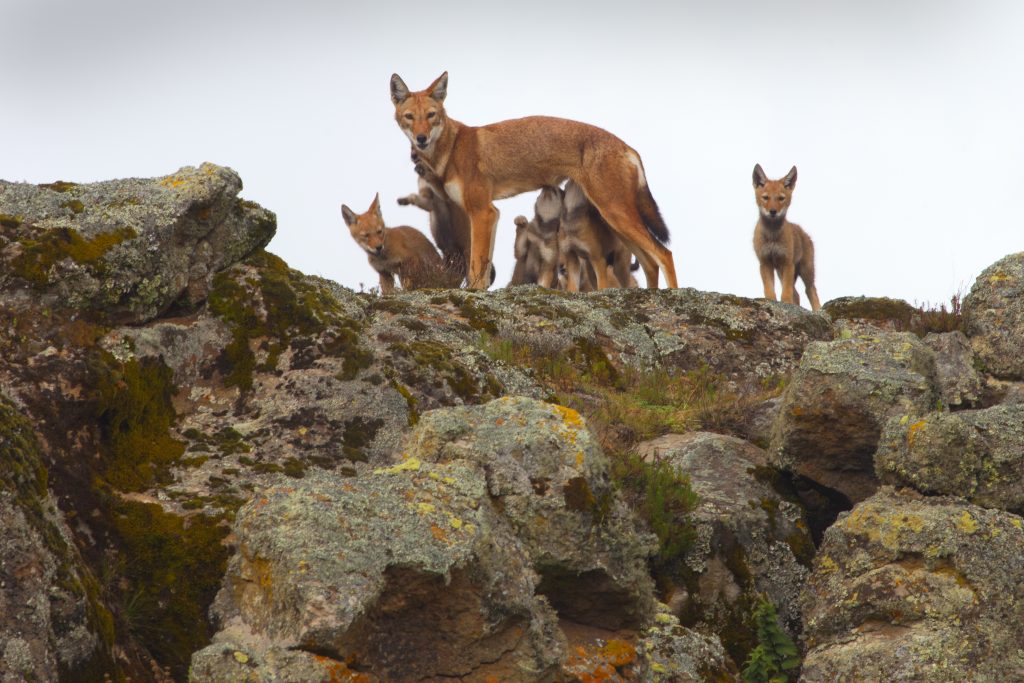




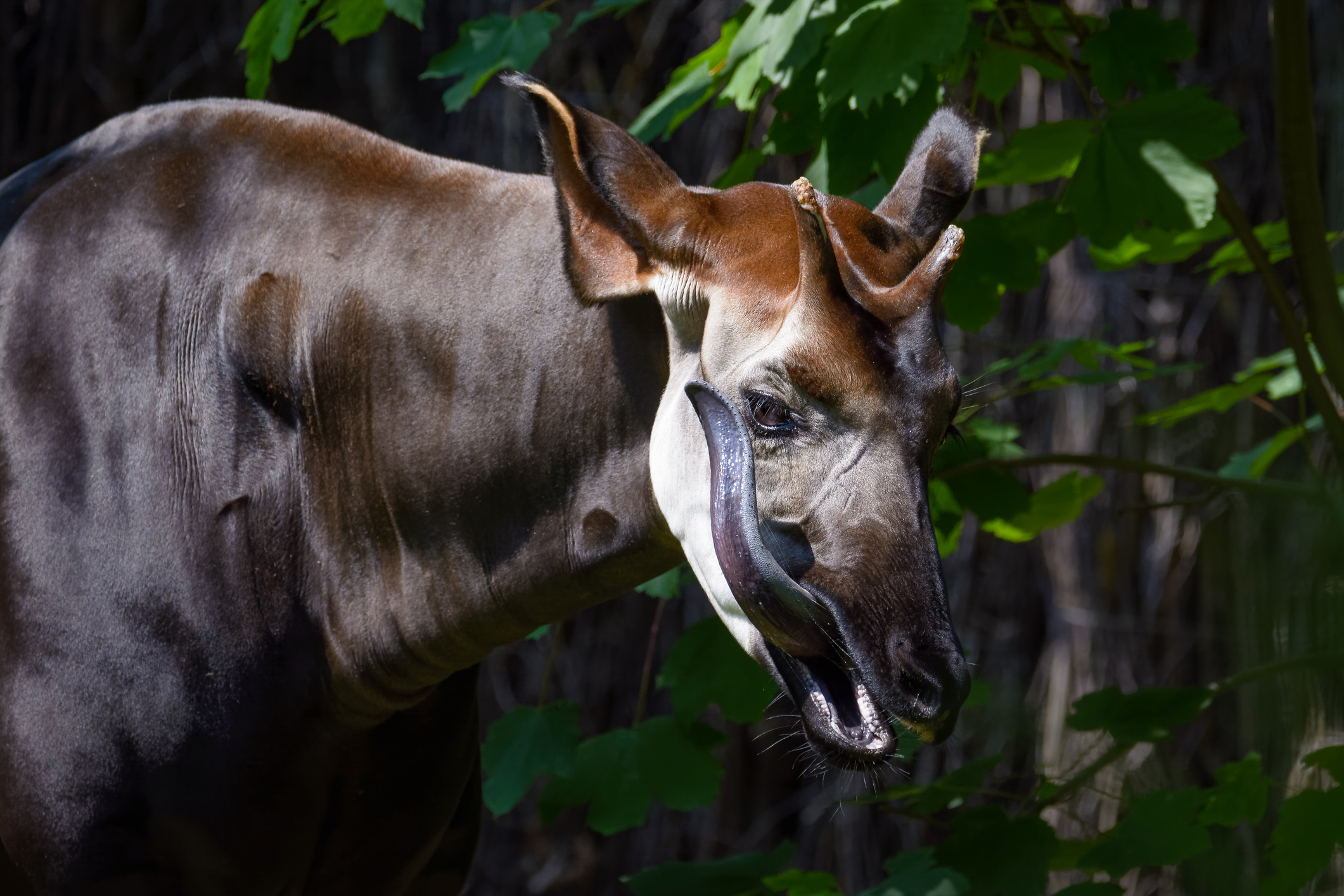
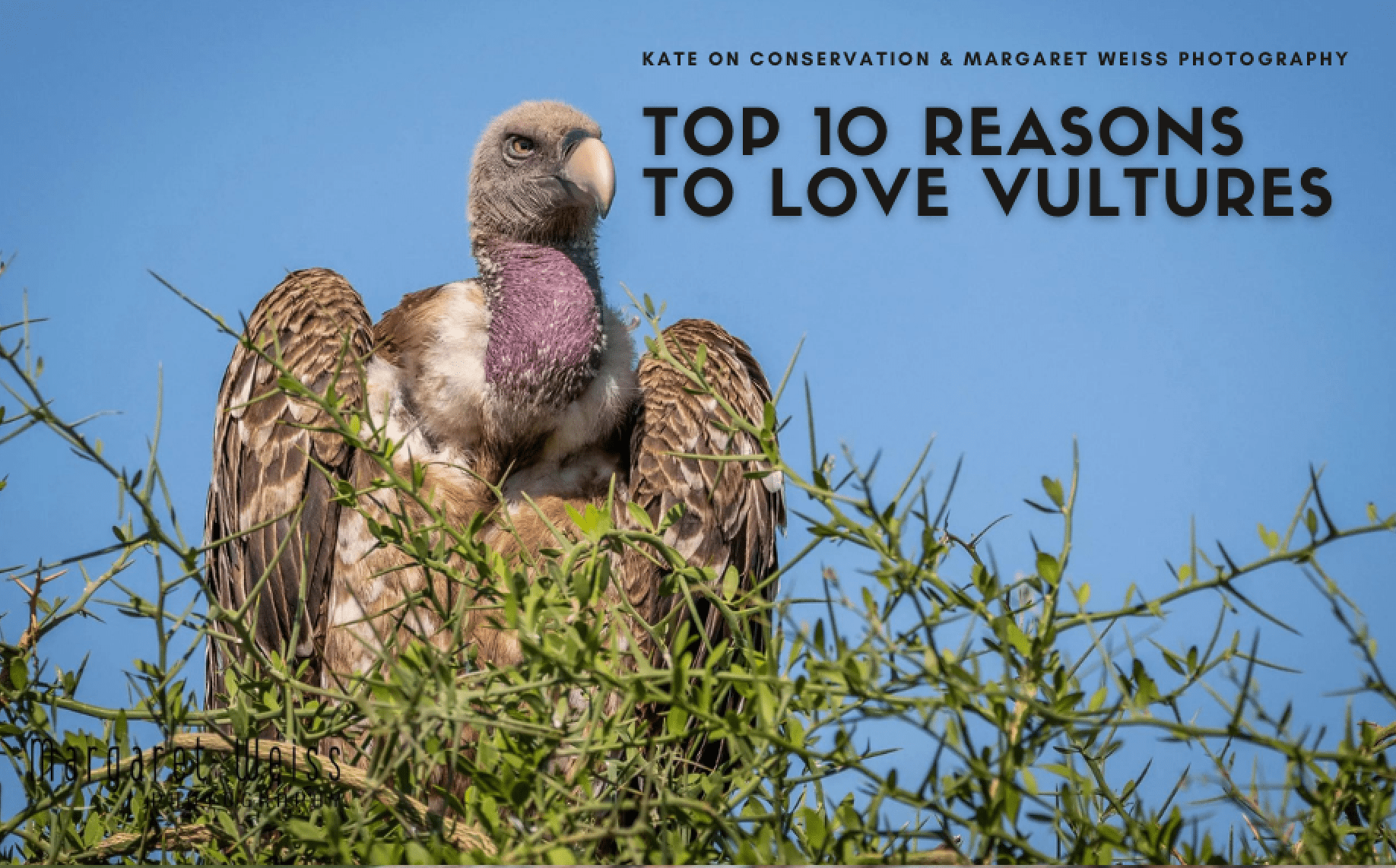

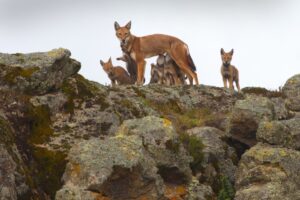
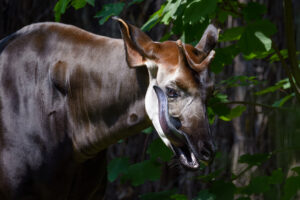



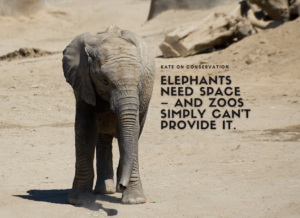

Post Comment